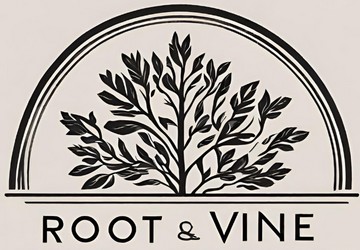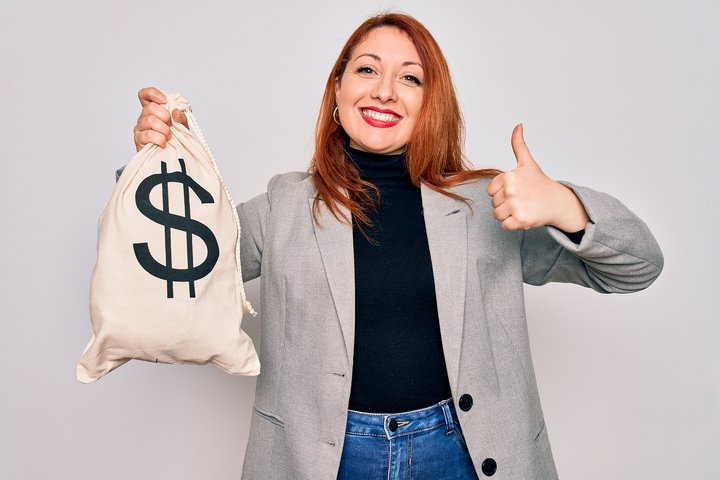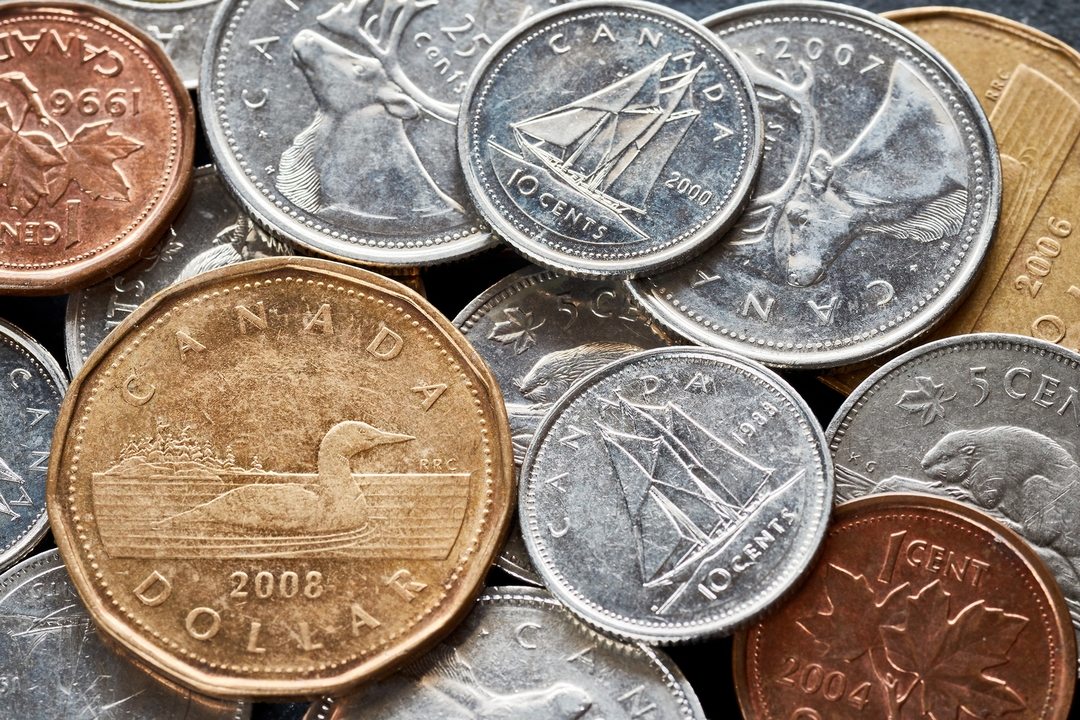
Modern currency exchanges are a convenient part of our everyday lives, but did you know there was a fascinating story behind its origins? For many years, the world ran on currency systems that were backed by gold. Every dollar or coin or pound or peso that was issued by any government actually represented a real amount of gold held that they held in their treasuries. In the 1930s, the Americans set the value of their dollar at a single, unchanging level: 1 ounce of gold was worth $35.
1. How currency exchange began
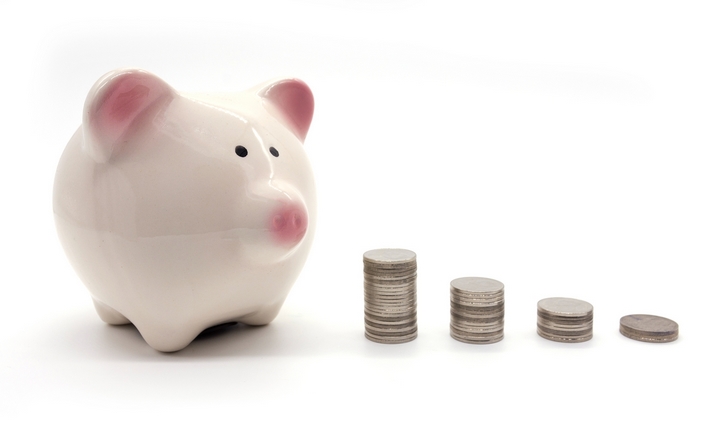
After the Second World War, other countries started basing the value of their currencies on the U.S. dollar. That made it simple because everyone knew how much gold an American dollar was worth, and they could know the value of any other currency against the dollar based on its value in gold.
Those were simple and less complex days. Inflation took hold in the United States and other currencies became more valuable and more stable. Over time the American had to give up the pretense that their dollar was worth as much as it had been, and they officially reduced it so that 1 ounce of gold was worth $70. Things continued to deteriorate and in 1971, the U.S. took away the gold standard altogether. This meant that the dollar no longer represented an actual amount of gold and market forces would be allowed to determine its true and actual value.
This had the major effect of allowing all currencies to rise and fall, not just the American dollar, but every single currency in the world. The American dollar is still the standard that most currencies are measured against but there is much more fluidity and money that flows from country to country and currency to currency. This is an industry unto itself but most of us are not international money traders. We just want some American dollars to visit Chicago or some euros for our European vacation.
2. Exchanging Canadian money
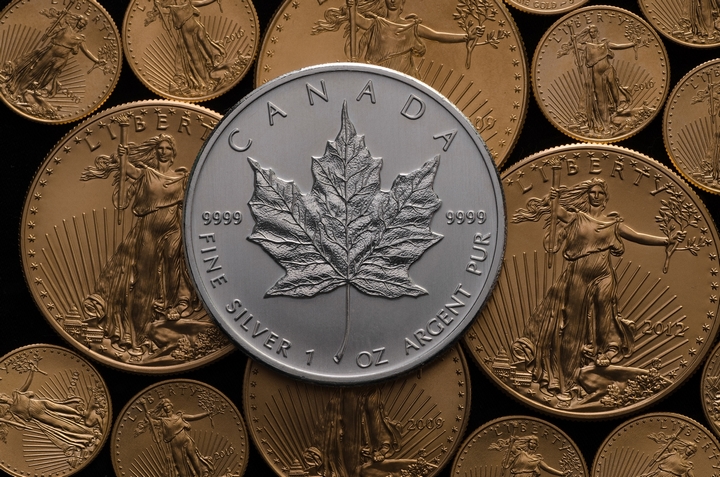
Today, it is easy to exchange Canadian money into foreign currencies. In Canada, there are a number of fast, cheap and secure ways to do that. You will find currency exchanges that are conveniently located in shopping malls and downtown business areas. This is the safest and most secure way to exchange your money into the currency of your choice. You can even check all of the available currencies that they offer before you step up to the wicket.
These currency exchanges post the rates that they will buy and sell all the different types of foreign currencies. That way you can comparison shop with the rates that the banks are offering. The Canadian money exchange is often the best option for the bulk of us who are casual international travellers or tourists who just wants foreign money for their vacation expenses.
3. Banking on change
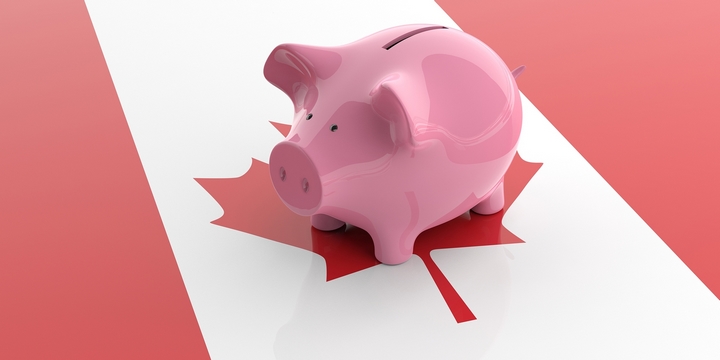
Canadian banks all offer some form of currency exchange, but you may find that their rates are not always the best that are available on the market. Banks will seldom give you the rate that you see quoted in the newspaper for example. That’s called a published rate or mid-market rate. The banks use this vehicle to trade currencies between each other, sometimes in the millions of dollars.
When you go to the bank to get American money for their visit to the States, you get charged a top up rate of between 2½ to 3 percent more because all the banks tack on a fee. have a fancy explanation for this, but it’s really just another way for them to make money. So, they do.
4. Other exchange options
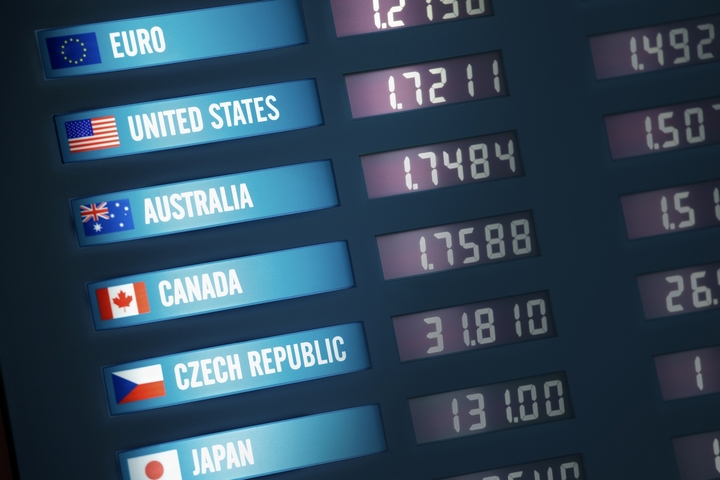
If you travel internationally on a regular basis, you might wish to consider buying your foreign currency in bulk. It is one way to get a better deal from the banks because they will offer their bigger customers a better deal, like a lower rate to exchange their money into a foreign currency.
If your travel to the United States, you can also consider opening a United States dollar account with your Canadian bank. Then you can transfer the money you need from your Canadian money into your U.S. account, and then take out American money when you need it.
